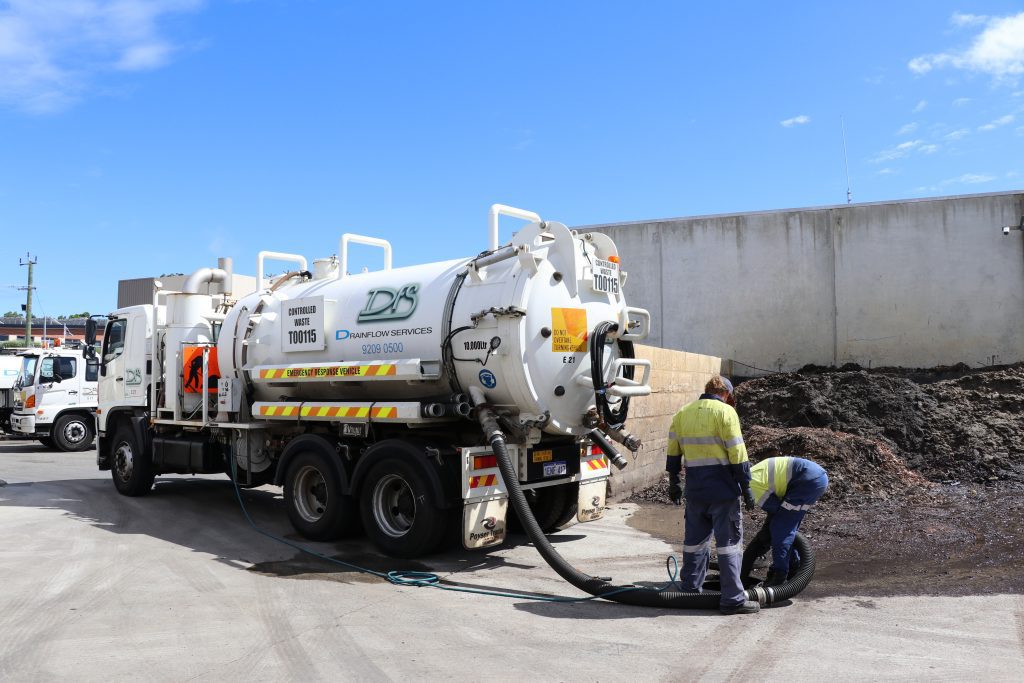How Reclaim Waste can Save You Time, Stress, and Money.
Table of Contents9 Simple Techniques For Reclaim WasteSome Known Facts About Reclaim Waste.5 Easy Facts About Reclaim Waste ExplainedAn Unbiased View of Reclaim WasteExamine This Report on Reclaim Waste
Domestic sewer waste refers to the waste and items from a domestic septic storage tank. The correct management and disposal of domestic sewer waste need liquid waste to be moved to a sewer therapy plant where the proper approaches and equipment are applied to detoxify and dispose of waste.
Commercial waste frequently includes potential threats, such as flammable products or a blend of liquid and strong waste products, and needs a more sophisticated and thorough disposal procedure. The disposal of commercial waste typically entails the purification of waste before transport to ensure secure and appropriate disposal. Hazardous waste is created from by-products and overflow of industrial procedures and manufacturing.
This type of waste can not make use of the very same sewer monitoring transportation or procedures as septic or industrial fluids. The industrial waste monitoring procedure needs the inspection and screening of fluid waste prior to it goes through the disposal procedure (industrial wastewater treatment). Drainage waste is the liquid waste that originates from overflow and excess stormwater in very populated locations or cities
Runoff waste can cause contamination and flooding if not managed properly. Guaranteeing appropriate waste monitoring can protect against disasters and lower ecological harm.
Reclaim Waste Fundamentals Explained
Call PROS Services today to discover our waste administration and disposal solutions and the proper methods to look after the fluid waste you generate.
(https://blogfreely.net/reclaimwaste1/yc311a58b1)This so-called 'wastewater' is not just a crucial source however, after therapy, will certainly be released to our land, waterways or the ocean. Made use of water from toilets, showers, baths, kitchen area sinks, washings and commercial procedures is recognized as wastewater.

water made use of to cool equipment or clean plant and tools). Stormwater, a type of wastewater, is runoff that flows from farming and metropolitan locations such as roofing systems, parks, yards, roadways, courses and rain gutters right into stormwater drains pipes, after rain. Stormwater flows without treatment directly to neighborhood creeks or rivers, ultimately reaching the sea.
Little Known Questions About Reclaim Waste.
In Queensland, most wastewater is dealt with at sewer treatment plants. Wastewater is transported from residential or commercial sites through a system of sewage systems and pump stations, referred to as sewerage reticulation, to a sewer therapy plant. City governments build, preserve and run most sewer treatment plants. Operators are certified under the Environmental Protection Act 1994 to release cured wastewater at an appropriate environmental requirement into waterways.
The Division of Natural Resources encourages local federal governments concerning managing, operating and preserving sewerage systems and therapy plants. In unsewered locations, city governments might call for householders to install individual or household sewage treatment systems to treat residential wastewater from bathrooms, cooking areas, washrooms and laundries. The Department of Natural Resources authorises making use of household systems when they are proven to be efficient.
In some brand-new subdivisions, treatment of some stormwater to eliminate trash, sand and crushed rock has started utilizing gross contaminant catches. Wastewater therapy occurs in four stages: Removes solid issue.
Uses Website small living microorganisms knows as micro-organisms to damage down and get rid of continuing to be dissolved wastes and great particles. Micro-organisms and wastes are integrated in the sludge.
The Of Reclaim Waste
Nutrient removal is not available at all sewer treatment plants since it needs expensive specialist equipment. Clear liquid effluent generated after treatment might still contain disease-causing micro-organisms - liquid waste removal.

This generally indicates wastewater needs to be treated or impurities gotten rid of prior to it can be released to waterways. Most wastewater streams into the sewerage system. Under the Act, city governments provide authorizations and licences for eco relevant activities (Periods) entailing wastewater launches that may have a neighborhood effect. The division provides authorizations and licences to Ages involving wastewater launches that might have a local or statewide impact.
Reclaim Waste Things To Know Before You Buy
Tracking provides valid details regarding water high quality and can confirm that permit problems are being satisfied. The information acquired via surveillance provides the basis for making water quality choices.